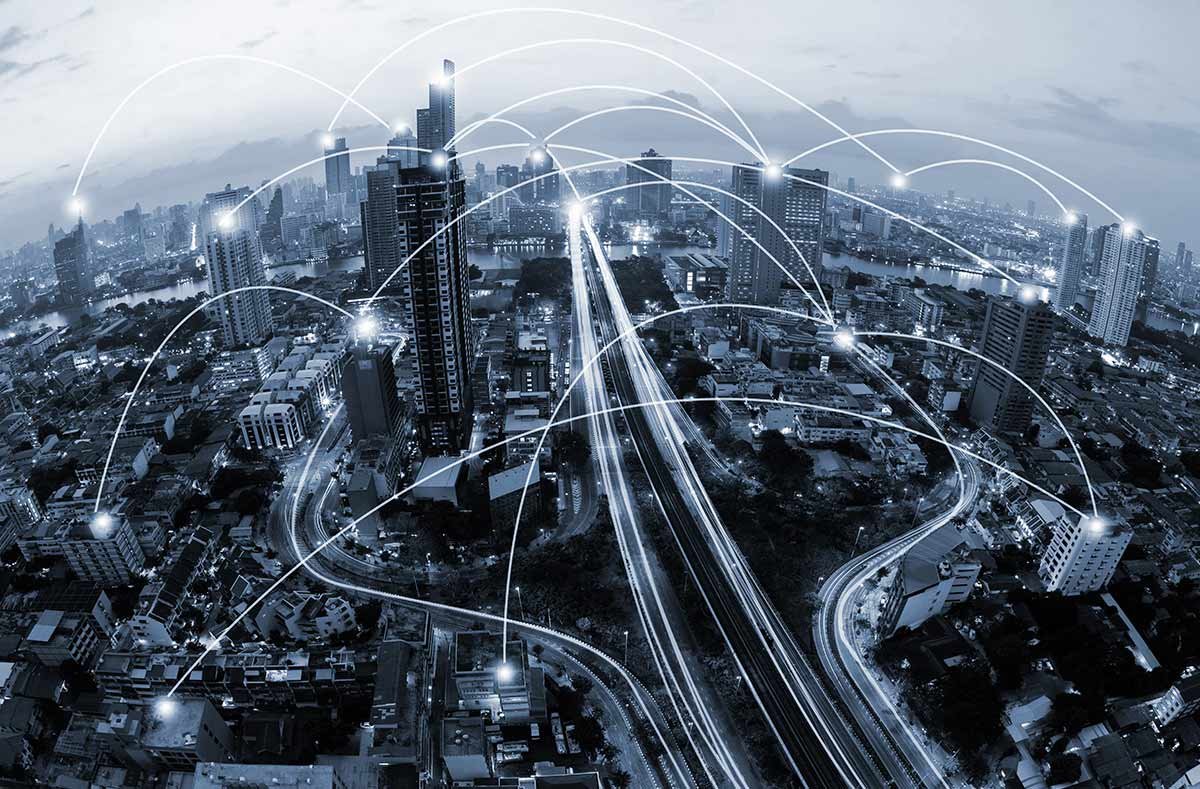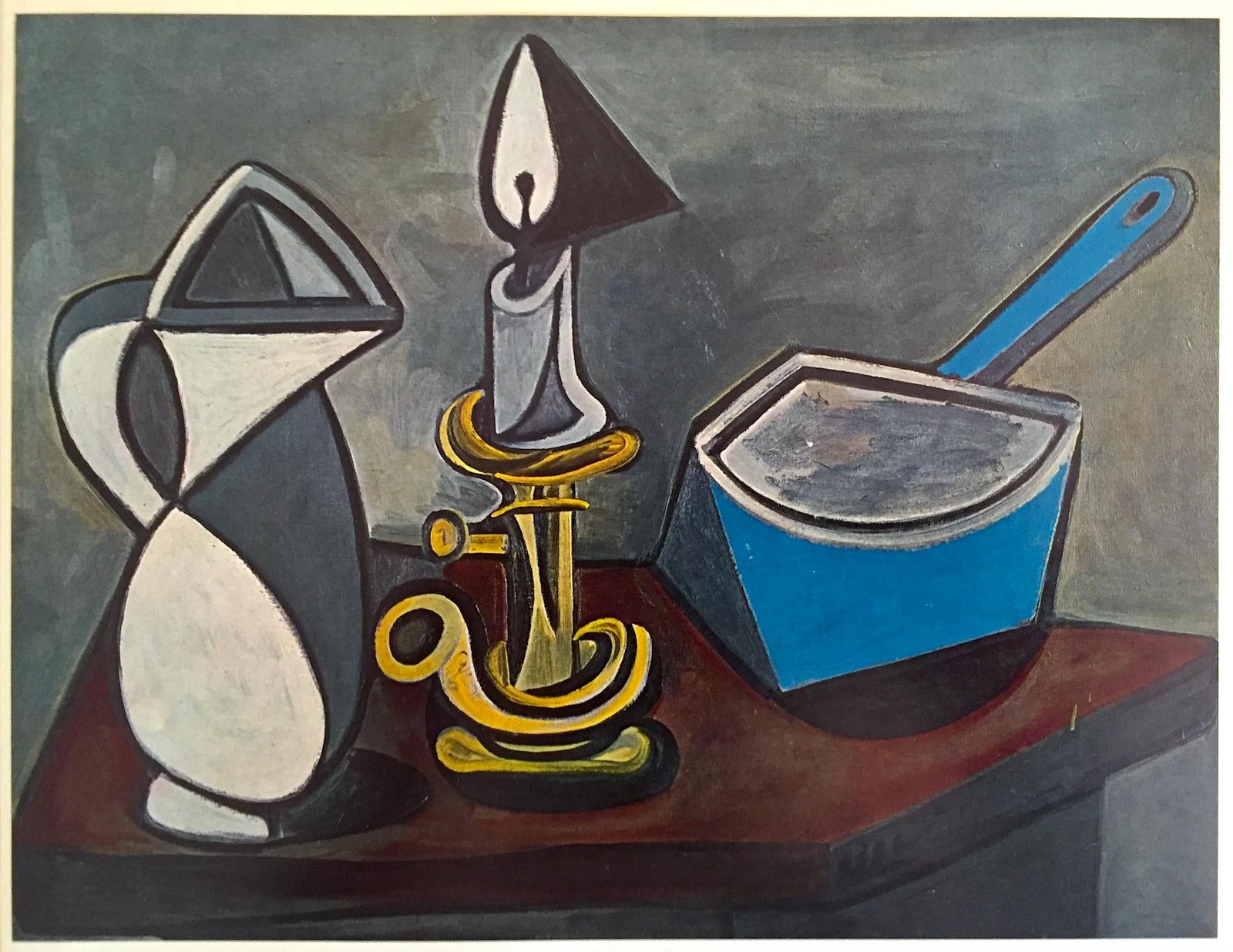The Chandrayaan-3 mission, which intends to execute a “soft” landing on the Moon’s southern pole, departed in the afternoon on July 14 from the Satish Dhawan Space Centre in Andhra Pradesh. It’s one of the latest news on infrastructure sector in India, which has made all Indians proud.
The journey to the Moon will now take around 42 days. If the landing is successful, India will be only the fourth nation to accomplish it, following the USA, Russia, and China.
Foundation Of ISRO:
Nehru and Sarabhai founded the Indian National Committee for Space Research, also known as INCOSPAR, in 1962 as an autonomous entity under the Department of Atomic Energy, also known as DAE, which was then led by pioneering Indian scientist Homi J Bhabha.
In 1969, ICONOSPAR evolved into the Indian Space Research Organization. The founding of the ISRO, followed by the formation of a specialized Department of Space by the government of India in 1972, boosted research and implementation of space-related industries. ISRO was also subjected to the DOS.
ISRO’s headquarters are currently in Bengaluru. Its operations are dispersed over several centers and units. Vikram Sarabhai Space Centre, Thiruvananthapuram, builds launch vehicles; U. R. Rao Satellite Centre (URSC), Bengaluru, designs and develops satellites; Satish Dhawan Space Centre (SDSC) integrates and launches satellites and launch vehicles; and so on.
3 Major Objectives Of The Chandrayaan-3 Mission:
While the launch’s success is only the first step in the spacecraft’s lengthy journey, ISRO’s involvement in seeing it through has been widely praised. That has been the case for a long time. The mission’s minimal cost was also cited as an accomplishment. The major objectives of Chandrayaan-3 are:
- Establish a safe and soft landing on the Moon’s surface.
- Conduct lunar rover operations.
- Conduct on-site research on the surface of the Moon.
Missions Of Chandrayaan-2 And Chandrayaan-3:
On July 14, 2023, Chandrayaan-3 launched from the Satish Dhawan Space Center in Andhra Pradesh, just under four years after Chandrayaan-2. The mission exemplifies India’s strong commitment to expanding its footprint in the international space community.
When the Pragyan rover and Vikram lander were successfully positioned near the Moon’s South Pole in 2019, Chandrayaan-2 attracted the world’s attention. However, the mission suffered some obstacles. While attempting to land, the Vikram lander on Chandrayaan-2 crashed on the lunar surface. Despite the accident, it was an important milestone in India’s space history.
The ISRO published a video rendition of the scene on its YouTube channel during the Chandrayaan-2 mission. The video illustrated the lander landing on the Moon’s surface, followed by the rover launching on its mission after evaluating the surroundings. The rover’s back wheels left behind the brand imprints as it began to move.
According to S. Somanath, Chairman of the Indian Space Research Organization, the mission’s Vikram lander is scheduled to soft-land on the Moon’s surface on August 23 at 5.47 p.m. Somanath also stated that for the forthcoming mission, the space organization has made significant upgrades to the lander. Stronger ‘legs’ for the lander, the ability to endure a higher falling velocity, and a decrease in the total number of engines from five to four are also part of this.
The ISRO’s website’s curtain-raiser video, which shows a preview of the planned Chandrayaan-3 mission, also shows the rover’s embossed imprints.
Final Thoughts: However, the robotic craft on the lunar surface will accomplish more than merely collecting data. The rover, Pragyan, leaves impressions of the ISRO and the national emblem, representing the lion-headed Capital of Ashoka at Sarnath on the Moon’s surface, indicating its presence and leaving India’s mark. This mission is a proud moment for all Indians. Hence, It’s now one of India’s latest news on infrastructure sectors.




